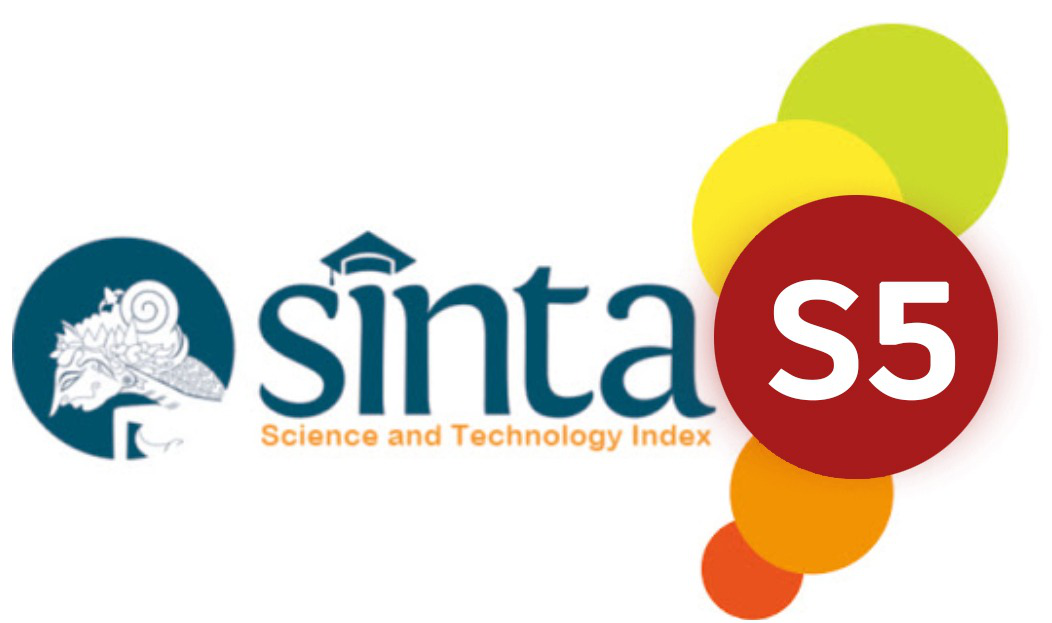METHOD IN COMPILING REGIONAL-INDONESIAN BILINGUAL DICTIONARY OF LEMBAK LANGUAGE OF BENGKULU PROVINCE
Abstract
Keywords
References
Amalia, D. (2023). The Use of Verb Valency Patterns in the Indonesian Monolingual Learner’s Dictionary. Lexicography, 10(1), 38–58. https://journal.equinoxpub.com/lexi/article/view/25076
Baker, M. & Kaplan, R. (1994). Translated! A New Breed of Bilingual Dictionaries. Babel, 40(1), 1–11.
Buendía-Castro, M. (2023). Dictionary Use by Trainee Translators. International Journal of Lexicography. https://doi.org/10.1093/ijl/ecac019
Budiwiyanto, A. (2022). Urgensi penyusunan kamus dwibahasa Indonesia-Inggris untuk penutur bahasa Indonesia. Badan Bahasa Kementerian Pendidikan dan Kebudayaan.
Chaer, A. & Agustina, L. (2004). Sosiolinguistik. Jakarta: Rineka Cipta.
Chen, Y., & Liu, S. (2023). A Further Look into the Use of a Dictionary App in EFL Writing: A Replication Study. Lexikos, 33(1), 324–349. https://www.ajol.info/index.php/lex/article/view/23033
Cong, R. (2023). The Application of Sociolinguistic Theory in College English Teaching: A Brief Discussion. SHS Web of Conferences, 168, 03026. https://doi.org/10.1051/shsconf/202316803026
Denisová, M., & Rychlý, P. (2023). Evaluation of the Cross-lingual Embedding Models from the Lexicographic Perspective. eLex 2023 Conference. https://elex.link/ojs/index.php/elex/article/view/elex2023
Fajt, B., Bánhegyi, M., & Márkus, K. P. (2023). The Interrelationship between EFL Learning Motivation and Dictionary Use. International Journal of Lexicography. https://doi.org/10.1093/ijl/ecac020
Frawley, W. & Golinkoff, R.M. (1989/2022). Handbook of Pragmatics Online. Manual. Second edition, pp. 1686–1694. https://doi.org/10.1075/hop.m2.lin1
Garmate, A., Quamer, Z., & Taha, A. (2023). Equivalence in Bilingual Dictionaries: Types, Problems and Criticism. Scholars International Journal of Linguistics and Literature, 6(6), 1–12. https://doi.org/10.36348/sijll.2023.v06i06.001
Gauton, R. (2008). Bilingual Dictionaries, the Lexicographer and the Translator. Lexikos, 18, 106–118. http://lexikos.journals.ac.za
Huang, Y., & Nam, K. (2023). Unregistered Words in Everyday Language and a Proposal for Their Optimal Lexicographic Microstructure. Lexicography, 10(2), 94–116. https://journal.equinoxpub.com/lexi/article/view/25076
Kridalaksana, H. (1993). Kamus Linguistik. Jakarta: Gramedia Pustaka.
Luthfita, W., & Yanita, S. R. (2023). Digitalizing a Local Language Dictionary: Challenges and Opportunities. Lexicography, 10(1), 59–85. https://doi.org/10.1558/lexi.25076
Márkus, K. P., & Dringó-Horváth, I. (2023). Developing Dictionary Skills through Monolingual and Bilingual English Dictionaries at Tertiary-Level Education in Hungary. Lexikos, 33(1), 350–381. https://www.ajol.info/index.php/lex/article/view/23033
Meliss, M. (2023). Acting with Lexicon and Lexicographical Resources: Critical Reflections on the Use of Lexical, Lexicographic and Digital Literacy in Virtual Environments in Academic Writing in GFL. Lexikos, 33(1), 227–254. https://www.ajol.info/index.php/lex/article/view/23033
Ptasznik, B. (2023). Evaluating the Usefulness of the Learning Tools in Monolingual Online Dictionaries for Learners of English: Gauging the Preferences of Polish Students of English. Lexikos, 33(1), 109–124. https://www.ajol.info/index.php/lex/article/view/23033
Puspita, D., & Yusuf, K. (2023). Categorizing Obsolete, Archaic, and Classic Words in an Indonesian Dictionary. Lexicography, 10(1), 23–37. https://journal.equinoxpub.com/lexi/article/view/25076
Rüdiger, J. O., & Klosa-Kückelhaus, A. (2023). Introducing NeoRate: A Corpus-Lexicographic Tool to Support the Detection of Unregistered Words for a German COVID-19 Discourse Dictionary. Lexicography. https://journal.equinoxpub.com/lexi/article/view/25076
Tarp, S., & Gouws, R. H. (2023). A Necessary Redefinition of Lexicography in the Digital Age: Glossography, Dictionography and Implications for the Future. Lexikos, 33(1), 425–447. https://www.ajol.info/index.php/lex/article/view/23033
Zand-Moghadam, A., & Malmir, A. (2023). An Investigation of the Quality of Bilingual English-Persian and Persian-English Dictionaries: The Attitudes of the Iranian Translators, Instructors, and Students. Language Related Research, 14(2), 327–361. https://doi.org/10.29252/LRR.14.2.10
DOI: 10.33751/albion.v6i2.10955
Refbacks
- There are currently no refbacks.
Copyright (c) 2024 Journal Albion : Journal of English Literature, Language, and Culture







